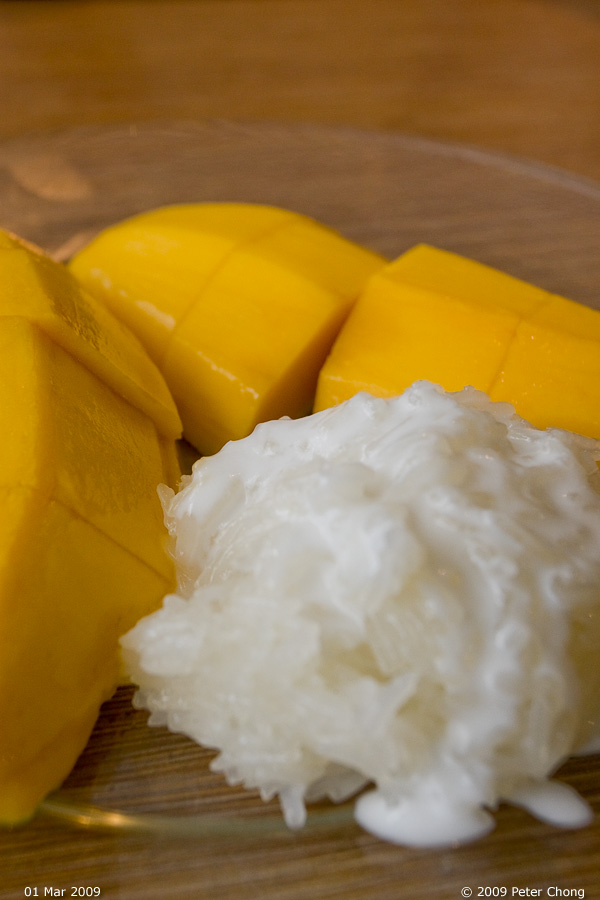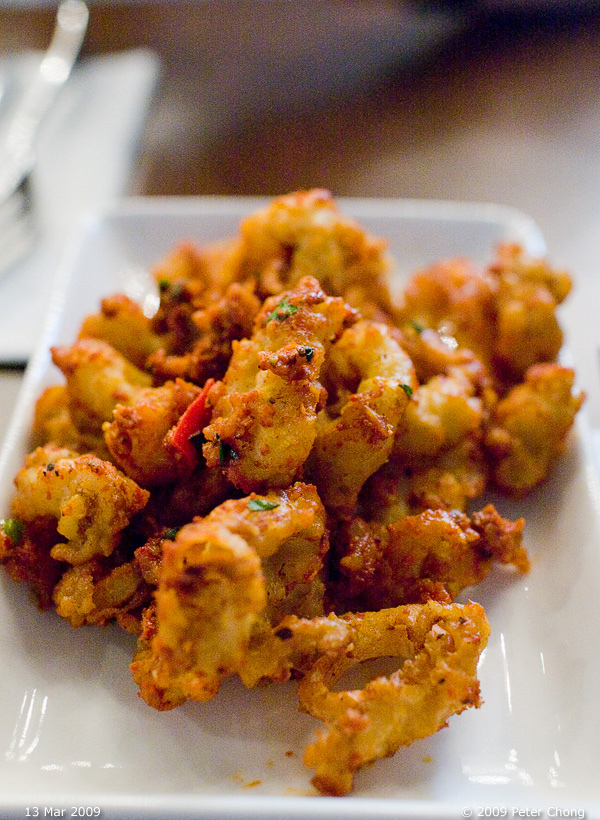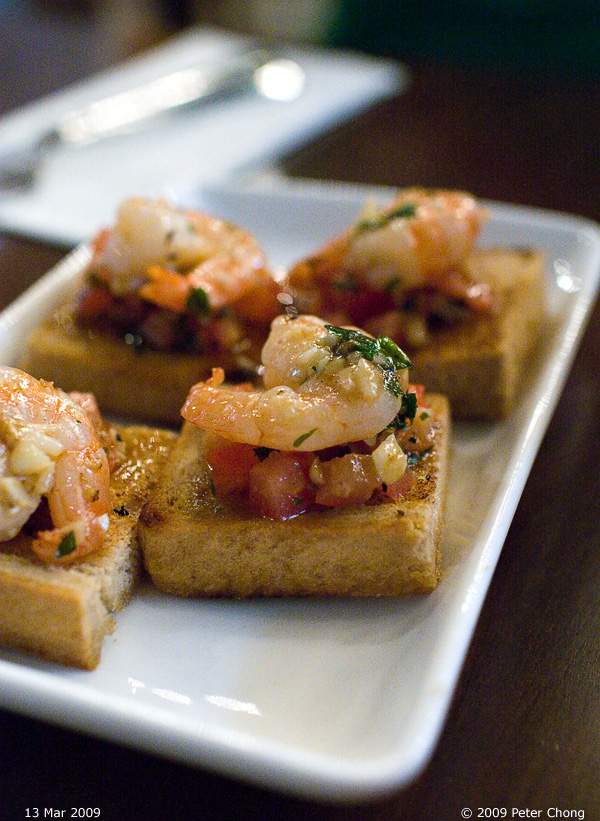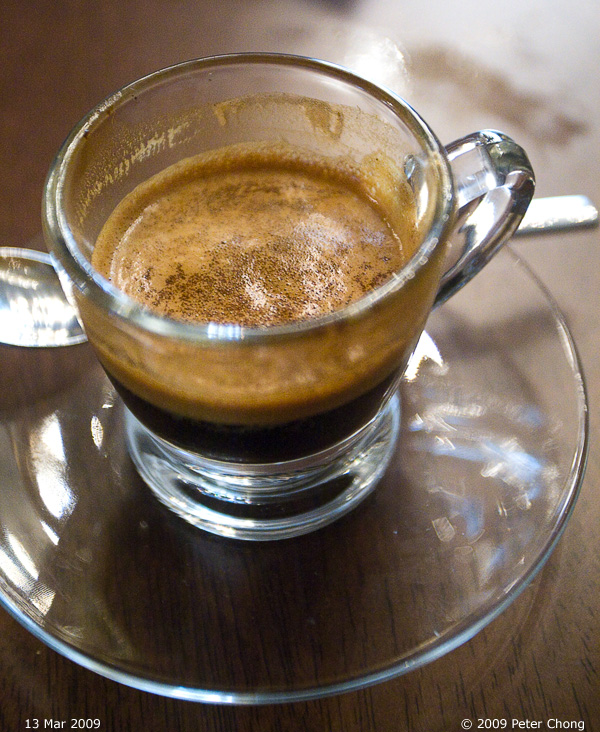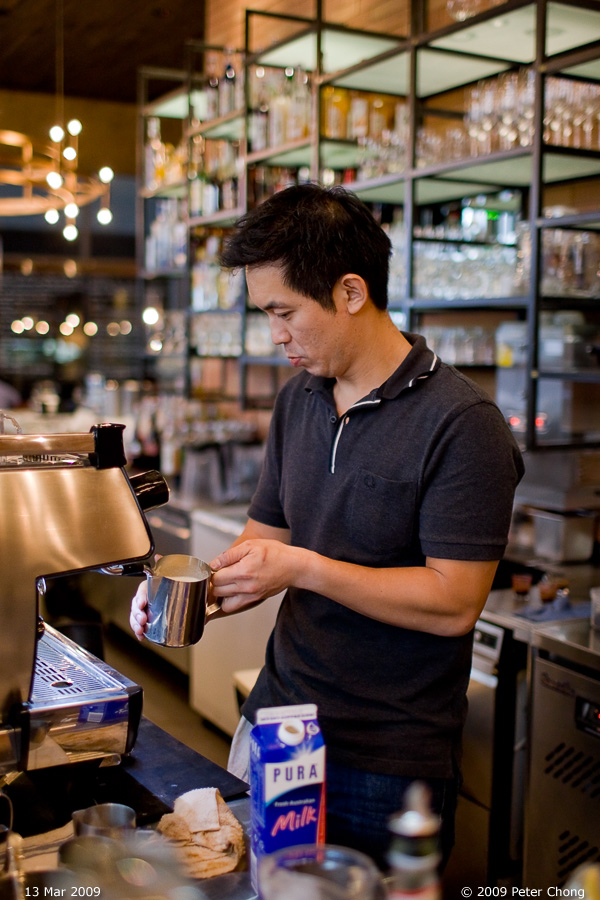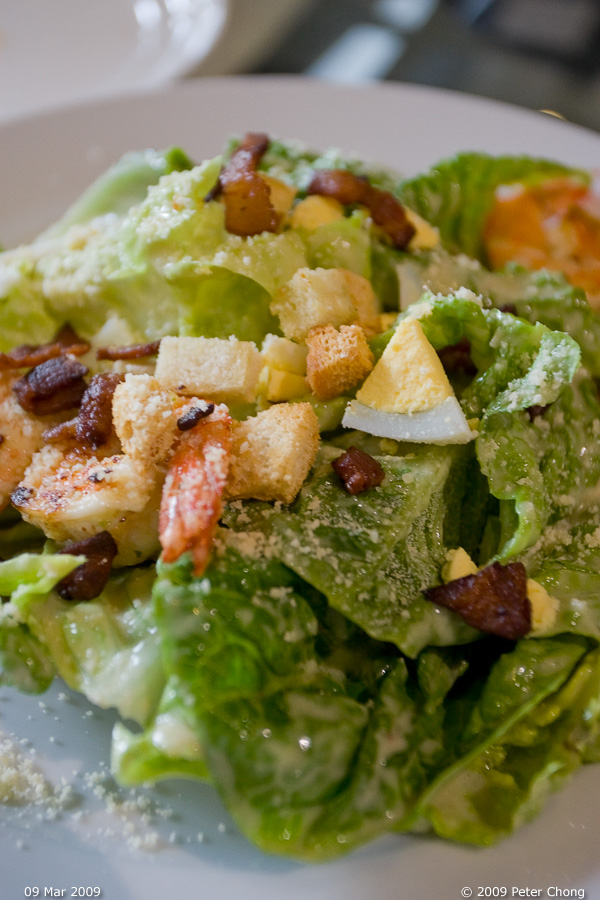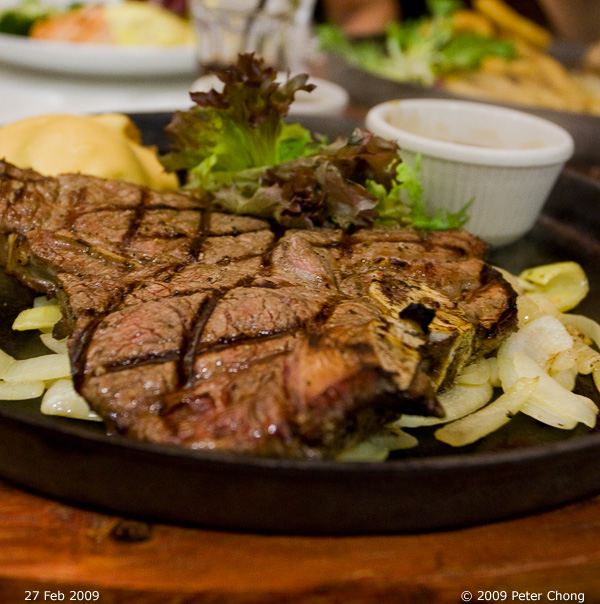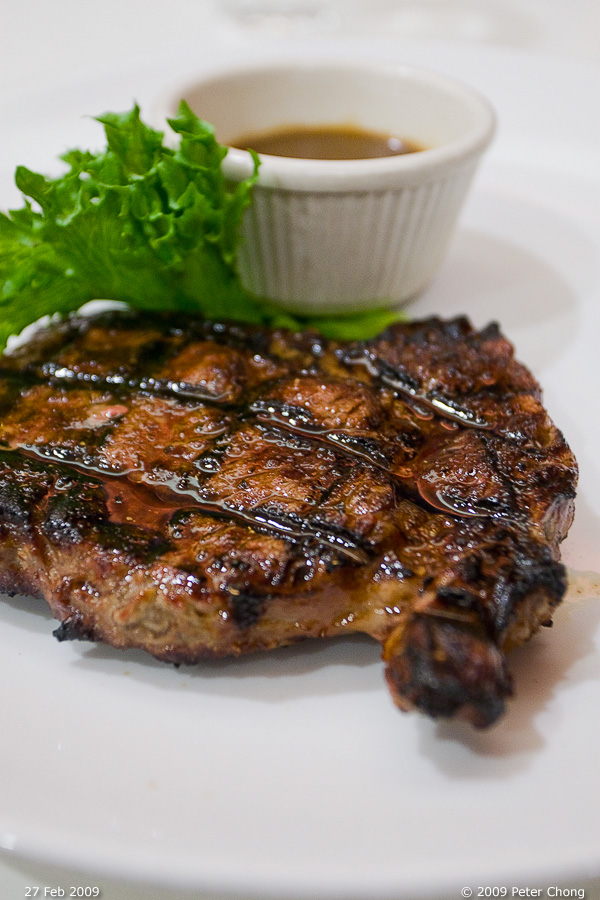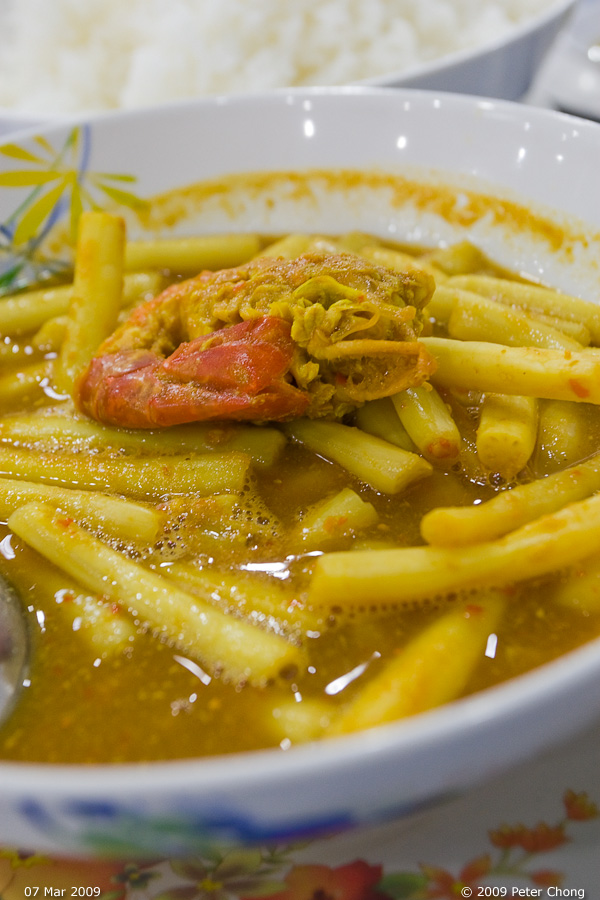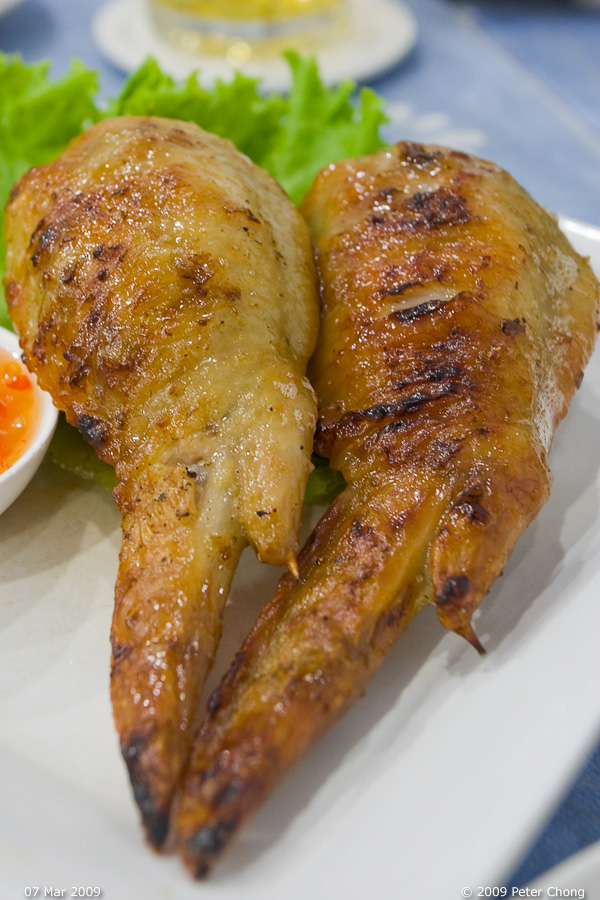coffee...apparently similar to Kopi Luwak, but less gross. Kopi Luwak is a special coffee offered by the Indonesians. Kopi Luwak is not only famous for its alledgedly superior taste and aroma, but also for its extremely expensive prices. For the uniniaiated, it is gross...as it is coffee from the defecated remains of the berries that are eaten by civet cats (Bahasa Indonesia Luwak). Apparently the Vietnamese version, the same civet cat (for some reason translated as weasel) ingests the coffee berrys, and partially digests the flesh...the beans in Kopi Luwak are defecated, but as I understand it, for Weasel Cafe is regurgitated. The special taste and flavour of the beans are attributed to possibly two factors...only the best and berrys are selected by the cats, and the digestive system enhances the flavour of the beans.
I am not sure which is nearer the truth, but the beans I purchased are almost 99% peaberries. Coffee are berrys, and each yield two half beans. In a Peaberry, instead of two beans, it develops only one. This is a biological anomality, the single bean becomes round shape, instead of the typical bean which is round, but flat on one side, where it faces a mirror imaged twin. Peaberries are treasured by coffee lovers because the flavours are more intense.
Drinking coffee in Vietnam is an favourite passtime of the locals. There were many cafes, in the vein of those in Paris along the streets of Ho Chih Minh City (Saigon) and Hanoi. The preferred method of brewing is with the ubiquitious filter perched atop a cup, where hot water is poured over the grounds and allowed to slowly filter through the device and collect onto the cup below, which is frequently lacecd with sweetened condensed milk.
The coffee is always very strong, dark, and have a vanilla taste. Rich and robust, it was quite a delicious cup.
I purchased a kg of green beans from Mai Ly Coffee suppliers at Ben Thanh Market in Ho Chih Minh City.

This was the only beans available in green, and 1 kg costs US$10. Mai Ly also sells other roasted beans and also ground coffee. I met the owner Mai Ly herself, and she claims she roasts the beans herself.
From inspection, looks like peaberries, and the greens do not seem to have been sorted. When I poured out a portion for roasting, I discarded the blackened and shrivelled beans, and only used those which looked whole, complete and good.

As can be seen, mainly peaberries.
I roasted my first batch of about 150g. I made a mistake during the roasting. The roast profile is such that the first crack was very soft...so soft I missed it, and thought the second crack was first...by the time I realised that, it was too late, and I have over roasted the beans.
The resultant beans were full French roast, very very dark.

From left to right...greens, first crack, somewhere along, second
crack...final roast...as you can see very dark.

Note also, the beans were not uniformly roasted, and I suspect this is because of the variable quality of the greens.
Taste wise, because it was very dark roast, the character of the roast
took over, and the character of the beans are more or less lost. The
grinds needed to be much finer than my regular single origin beans to
get proper extraction. At the centre notch of my Mazzer Mini, the
coffee just runs through. Not sure if its due to over-roasting.
here is a video of the extraction on my machine:
Click here for movie
the extraction was quite ok...about 32s, slightly on the long side.
The volume is a bit high for a double espresso. In the video, you will
see the espresso start, then a steady flow, and it stopped, and
restarted...this is because on the Elektra Microcasa a Leva, a double
espresso requires a double stroke...so two pours.
The first 17 or so seconds is the pre-infusion. At about 18s, pressure
is released by the machine, and the piston forces water through the
grinds at 9 bar pressure. The first pour starts about 18s in the
video, stops at about 30s, and the second pour starts about 35s into
the video. The entire pour of double stops at 55s.
As alluded, the over-roasting made the espresso bitter. Heavy taste, no
specific flavours come out. In Saigon, the coffee using their filter
had strong vanilla taste. But my own roast, this was not apparent.
Bold coffee taste and flavour.
I will roast another batch when I return from Tokyo after Easter.
I may not be updating this blog for a week, as I am on vacation in Basel and Dresden...though I always hope to be able to update the blog when I travel, truth is, I often end up too tired by the time I get back to the hotel room, and the time change doesn't help.
Photonotes: This is the first post using a portable, smaller camera than my usual EOS 1Dmkiii. All photos were shot with the Panasonic Lumix DMC LX-3, a little camera, but very capable, as you can see with the results, as long as we keep the ISO below 400. The fast lens at f/2 helps get steady shots.
The video is also shot with the LX-3, one of the very first videos I have ever shot in my life. So pardon the inexpert handling, but the quality of the camera, shooting in HD, and reduced size to load faster is quite good.





